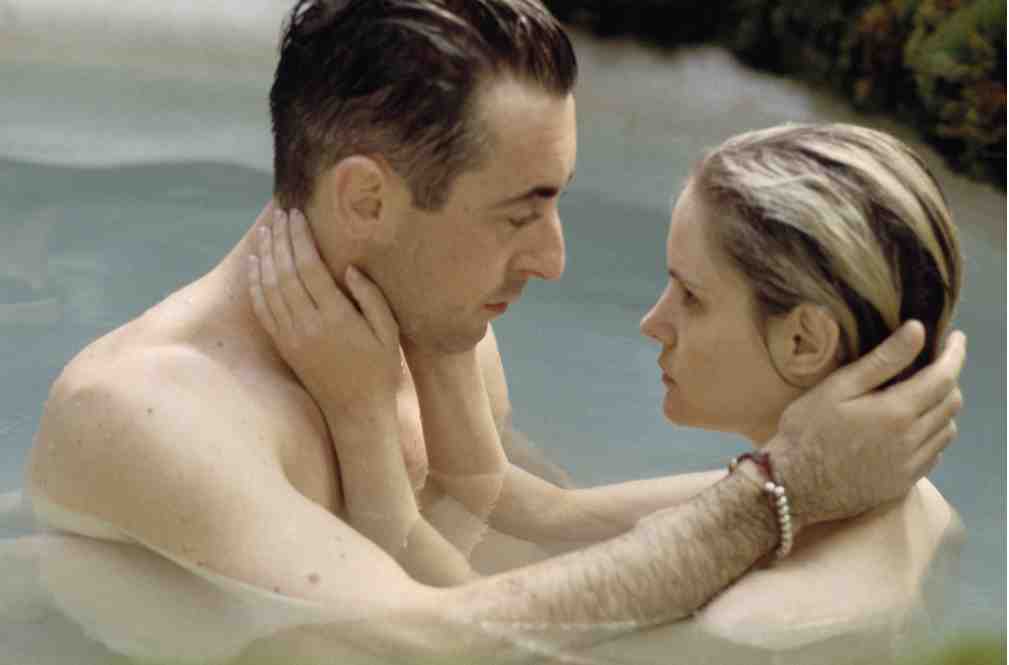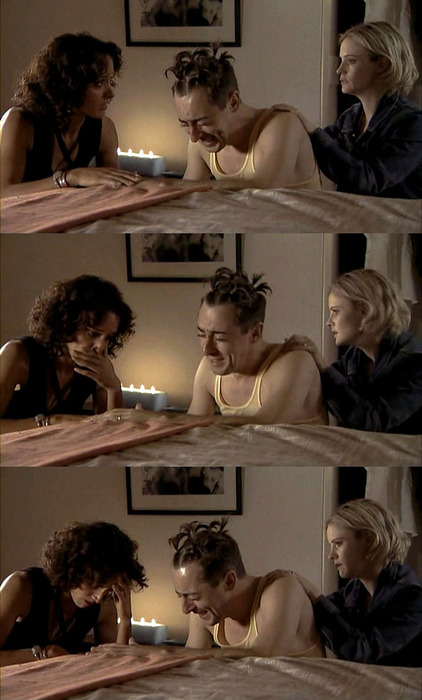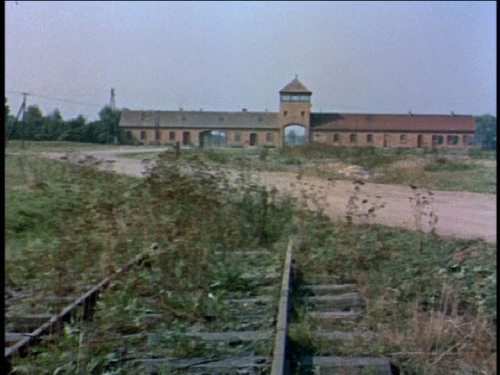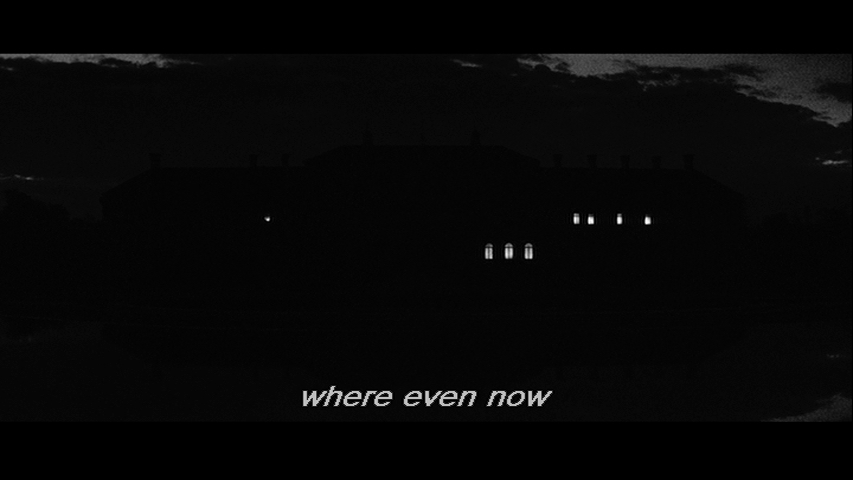From the Chicago Reader (June 22, 2001). — J.R.

The Anniversary Party
Rating *** A must see
Directed and written by Jennifer Jason Leigh and Alan Cumming
With Leigh, Cumming, John Benjamin Hickey, Parker Posey, Phoebe Cates, Kevin Kline, Denis O’Hare, Mina Badie, Jane Adams, John C. Reilly, Jennifer Beals, Matt Malloy, Michael Panes, and Gwyneth Paltrow.

The Anniversary Party was written and directed by two actors, Alan Cumming and Jennifer Jason Leigh, who created all the parts specifically for themselves and actors they knew. So it’s no surprise that a handful of the characters at this dusk-to-dawn Hollywood party, celebrating the sixth wedding anniversary of Joe (Cumming) and Sally (Leigh), are themselves professional actors (played by Gwyneth Paltrow, Jane Adams, Kevin Kline, and Phoebe Cates, the latter two a real-life couple whose son and daughter are also featured). The other guests are different sorts of people: a film director (John C. Reilly), Joe and Sally’s business managers (Parker Posey and John Benjamin Hickey), a photographer (Jennifer Beals), a musician (Michael Panes), and the next-door neighbors (Mina Badie and Denis O’Hare), awkward mixers who’ve been invited mainly because they’ve been threatening to sue Joe and Sally. (The husband, a novelist, claims that the barking of their dog disrupts his work.) Read more
Commissioned by Artforum‘s web site and published by them on December 8, 2010 in a somewhat different version. — J.R.
“The Holocaust is about six million people who get killed,” Stanley Kubrick reportedly said to screenwriter Frederic Raphael in the late 1990s. “Schindler’s List was about six hundred people who don’t.” One of the most striking things about this remark is its placement of the Holocaust in the present and a film made half a century later in the past.
These are the priorities of Claude Lanzmann’s Shoah (1985), 550 minutes long, widely and in some ways justly regarded as the greatest film about the Holocaust. But they’re also the priorities of Alain Resnais and Jean Cayrol’s Nuit et brouillard (Night and Fog, 1955), only thirty-one minutes long, which in many respects made Shoah possible. Shoah even quotes Night and Fog about forty-three minutes into the film — Resnais’s low-angle dolly following grassy railroad tracks that lead to an Auschwitz crematorium is virtually reprised and extended, though Resnais’ use of Eastmancolor is even more vivid.


One shouldn’t have to choose between these masterpieces. But it’s important to stress that they aren’t about precisely the same Holocaust and that their formal strategies for juxtaposing past and present are quite different. Read more
From Sight and Sound (October 2008), in response to a poll query about what film criticism had had the greatest effect on me and inspired me to become a film critic — J.R.

From Penelope Houston’s review of Last Year in Marienbad in the Winter 1961-62 issue of Sight and Sound:
…And so she goes to the midnight meeting with the stranger, sits waiting rigidly for the clock to strike, leaves with him. But about this ending there is no sense of exaltation or relief. She goes because she has no choice, because for her all the possibilities have narrowed down to a single decision, but she has no idea where she is going. The stranger’s final words offer no comforting clue: “It seemed, at first sight, impossible to lose yourself in that garden… where you are now already beginning to lose yourself, for ever, in the quiet night, alone with me.” The film’s last shot is of the great chateau; and, with its few lighted windows, it no longer looks like a prison but like a place of refuge.

I read this review in my late teens, before I saw Resnais’ glorious masterpiece and quite a few years before I ever met Penelope. Read more






